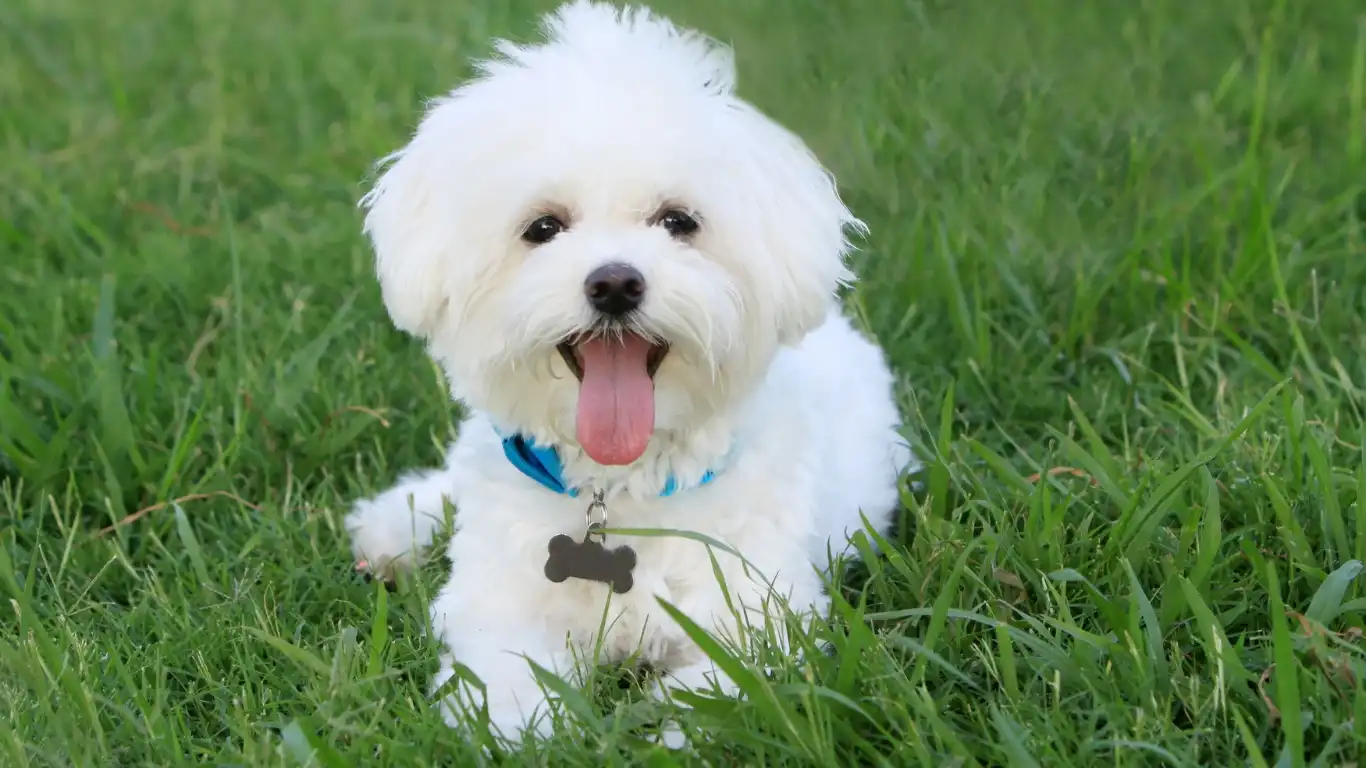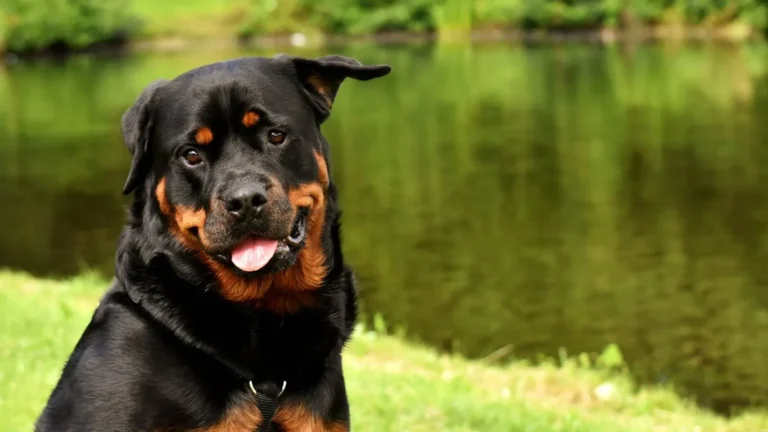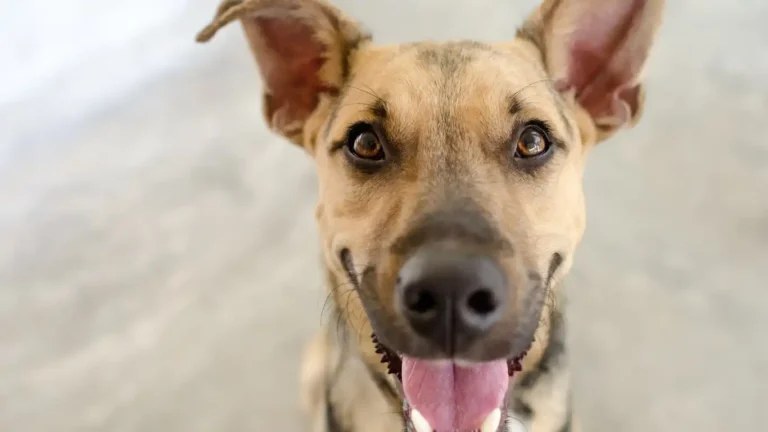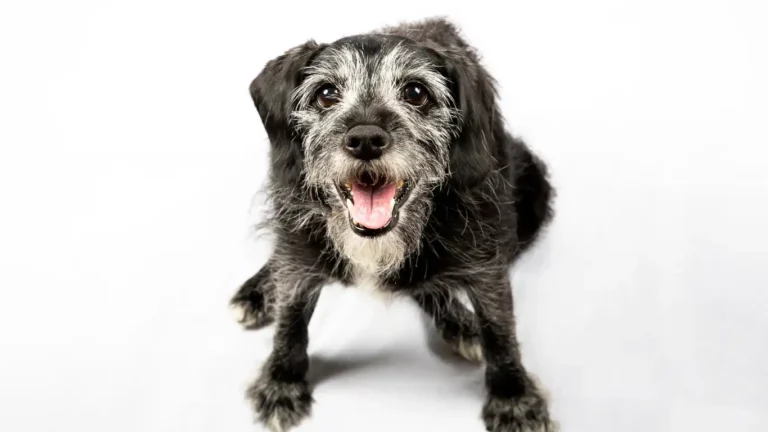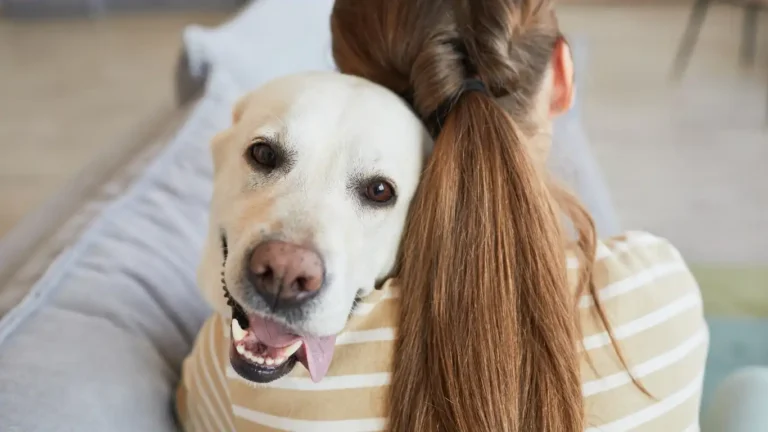10 Proven Ways to Keep Your Dog’s Fur Soft and Shiny Naturally
Keeping your pup’s coat looking like it belongs in a shampoo commercial isn’t just about vanity—it’s a reflection of their overall health. Over the years as a Veterinary Technician/Nurse specializing in pet nutrition, one of the most common questions I get is: what are the best ways to keep a dog’s fur soft and shiny? And honestly, it’s a great question. A dull, dry, or coarse coat can be the first red flag for underlying health or dietary issues. So, let’s talk about what really works—beyond the generic “just feed them good food” advice.
Start with the Inside: Nutrition is Everything
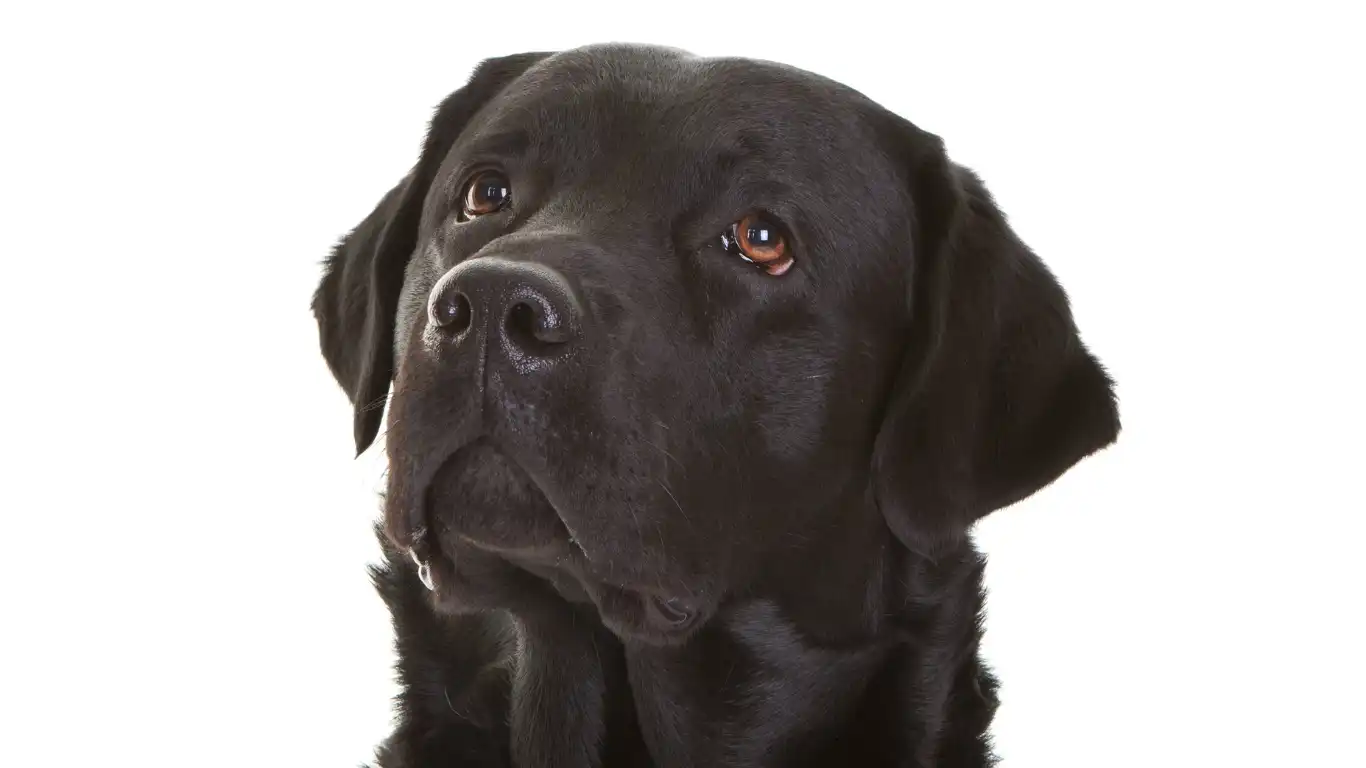
Omega Fatty Acids Are Your Dog’s Best Friend
If I had a dollar for every time omega-3 and omega-6 fatty acids worked magic on a dog’s coat, I’d probably have my own clinic by now. These essential fats play a major role in maintaining not just skin hydration, but also that *glossy, silky* texture we all love to pet. Fish oil is a big winner here—salmon oil especially. I’ve seen pups go from dry, flaky mess to silky supermodel in just a few weeks with the right dosage. Always choose high-quality, vet-recommended supplements and don’t forget to introduce them slowly into their diet to avoid tummy issues.
Look for Skin-Boosting Nutrients in Their Food
I can’t stress this enough: check those labels. You want to see ingredients like biotin, zinc, and vitamin E. Biotin supports keratin production (the protein that makes up fur), zinc helps with skin repair, and vitamin E is a powerful antioxidant that protects skin cells. If your dog’s food is lacking, it may be time to consider a dietary upgrade. I usually guide pet parents toward limited-ingredient, grain-free options with real meat as the first ingredient. Dogs with food sensitivities often have skin problems that affect their coat too.
Hydration, Hydration, Hydration
Yep, just like us, dogs need plenty of water for healthy skin and fur. Dehydration is one of those sneaky issues that shows up as dry, brittle hair. If your pup isn’t a fan of drinking, try mixing a little low-sodium broth into their water or switching to a high-moisture diet with wet food. It’s a tiny change that makes a big difference.
Grooming Habits That Actually Help
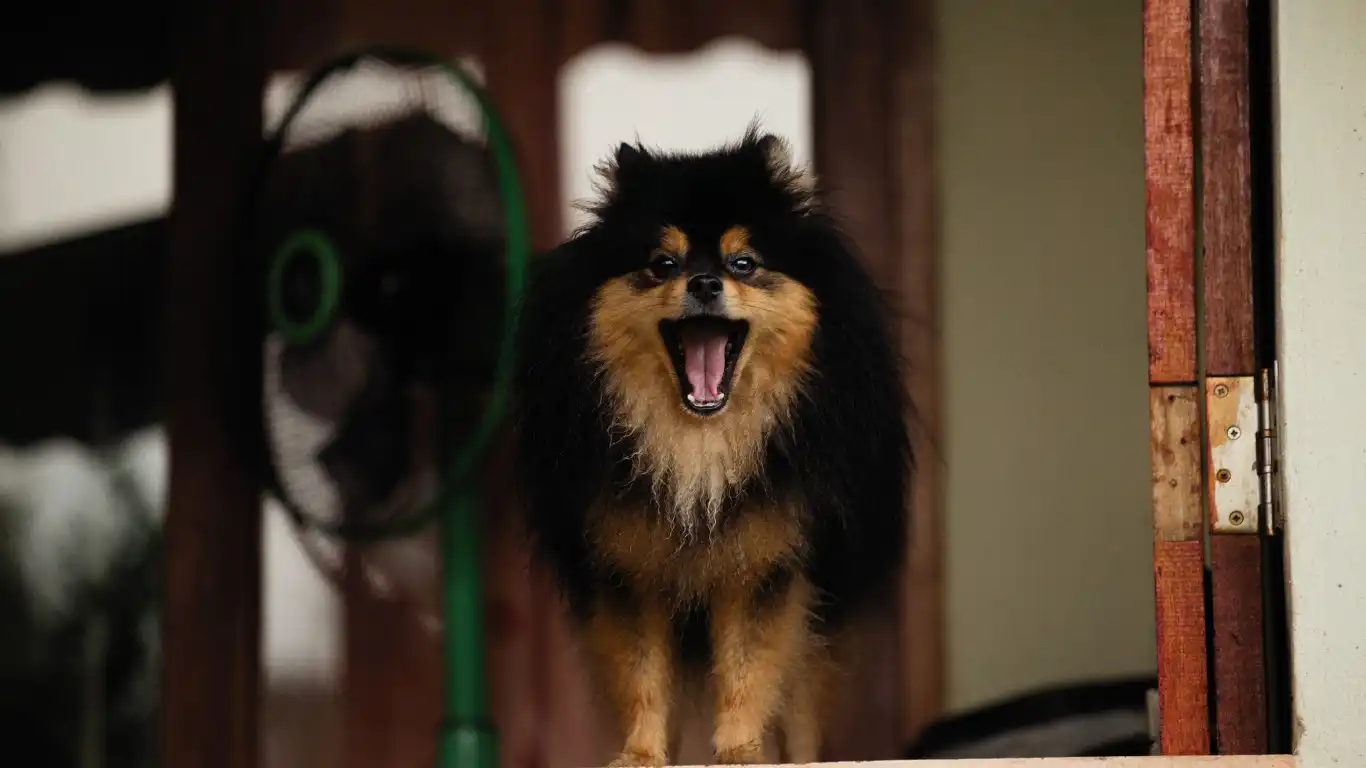
Brush Like You Mean It (But Gently!)
Brushing isn’t just about keeping fur from tangling—it’s also about stimulating the skin and distributing those natural oils evenly through the coat. I tell clients to brush their dogs regularly, even daily for long-haired breeds. Use the right type of brush for their coat: bristle brushes for short hair, slicker brushes for longer or curly coats. And don’t just rush through it—make it a chill bonding time. Most dogs start loving it once they realize it’s basically a free massage.
Skip the Harsh Shampoos
I’ve seen so many well-meaning owners over-bathe their dogs with the wrong products. Human shampoo? A big no-no. Even baby shampoo is too harsh for most pups. Use a dog-specific, sulfate-free shampoo with moisturizing ingredients like oatmeal, aloe vera, or coconut oil. If your dog has skin sensitivities or allergies, go fragrance-free and consider a medicated formula recommended by your vet.
Don’t Overdo the Baths
This one surprises people—too many baths can strip the coat of its natural oils and leave it looking dull. For most dogs, a bath every 4–6 weeks is perfect unless they’ve rolled in something gross (been there, done that!). If your dog has a skin condition or you’re working on a coat health issue, your vet might recommend something more specific.
Don’t Ignore the Allergies

Allergies Aren’t Always About Sneezing
One of the trickiest things I’ve learned is how many skin and coat problems are actually allergy-related. If your dog’s constantly scratching, biting at their paws, or has recurrent ear infections—yep, could be allergies. Food allergies, environmental allergens like pollen or dust mites, and even flea bites can all wreak havoc on your dog’s skin and coat. Identifying and managing these triggers can totally transform their fur. Trust me, I’ve seen it happen.
Consider an Elimination Diet or Allergy Testing
It’s not glamorous, but if your dog’s coat won’t improve no matter what you try, it might be time to dig deeper. A vet-supervised elimination diet can help pinpoint food sensitivities. For environmental allergies, blood or skin tests might be necessary. I’ve walked a lot of pet parents through these processes—it’s a bit of work, but absolutely worth it when your dog finally gets relief and that beautiful coat starts growing back in.
External Factors That Affect Your Dog’s Coat

Weather Can Be a Factor
We often think of coats as being all about grooming and diet, but the weather actually plays a huge role in your dog’s fur quality. Extreme temperatures—whether it’s the dry heat of summer or the bitter cold of winter—can lead to dry, flaky skin and lackluster fur. During hot weather, dogs can lose moisture through their skin, while in winter, the cold air can strip oils from their coat.
So, how can you help them? Well, for starters, try to avoid prolonged exposure to the elements when possible. If your dog loves to play outside, consider a protective coat or vest in winter. And during the summer, make sure they have access to plenty of shade, and don’t forget to keep them hydrated. Moisture is key when it comes to maintaining that soft, shiny coat.
Bathing Habits and How They Impact Fur Health
As I mentioned in Part 1, over-bathing can strip away essential oils, but it’s not just about frequency—it’s also about what you’re using in the bath. Products like baby shampoo may be gentle for your baby, but they’re too harsh for your dog. The pH balance of their skin is different, and using human products can lead to dryness, irritation, and, yes, a dull coat.
Instead, look for shampoos that are formulated specifically for dogs, with ingredients like aloe vera or oatmeal. These ingredients hydrate and soothe the skin while leaving the coat soft. And a gentle conditioner can help seal moisture into the coat, leaving it with that glossy shine we all adore.
Supplementing Your Dog’s Diet with Healthy Additives
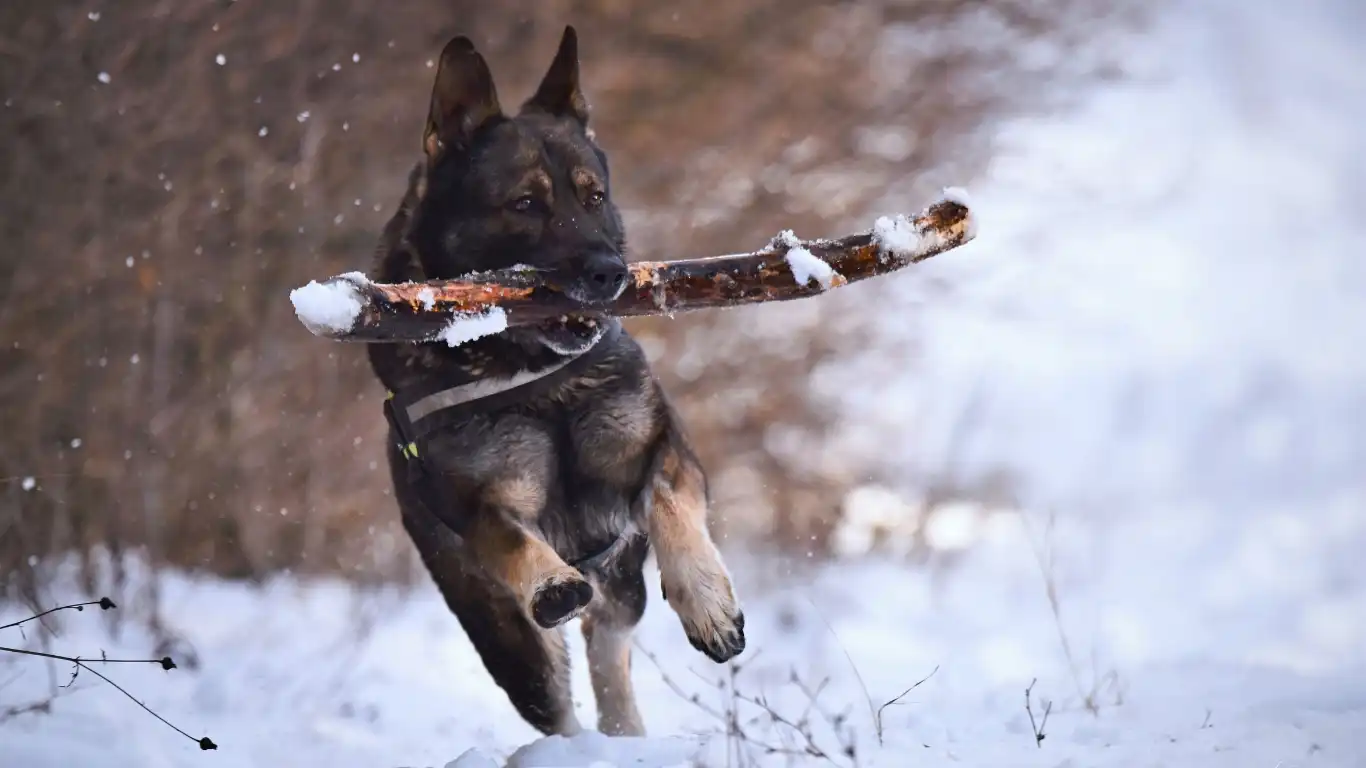
Probiotics for Healthy Skin from the Inside Out
As a vet tech who’s worked with a variety of animals, I’ve learned that a lot of coat issues can be linked to gut health. It might sound strange, but your dog’s digestive system plays a major role in the quality of their skin and fur. If their gut flora is out of whack, it can manifest as skin irritations, dullness, and even shedding.
That’s where probiotics come in. These beneficial bacteria help balance the gut and can have a positive effect on your dog’s skin and coat health. I’ve recommended probiotics to clients whose dogs had recurring skin issues, and more often than not, we’d see an improvement in the coat within just a few weeks. You can find these probiotics in high-quality dog foods, or you can add them as a supplement to their diet.
Other Supplements to Consider
While omega fatty acids are the big winners for skin and coat, there are other supplements that can work wonders too. Consider adding a collagen supplement to your dog’s diet. Collagen helps promote skin elasticity and hair strength, making it an ideal addition to a shiny coat routine. It can also help with joint health, so it’s a double win!
Another one to look into is vitamin C. It’s a great antioxidant that supports skin regeneration and healing. While dogs can produce vitamin C on their own, supplementing it can help maintain that youthful, healthy glow in their coat—especially if they’re older or prone to skin issues.
Environmental Cleaning and Home Care: Don’t Forget the House!
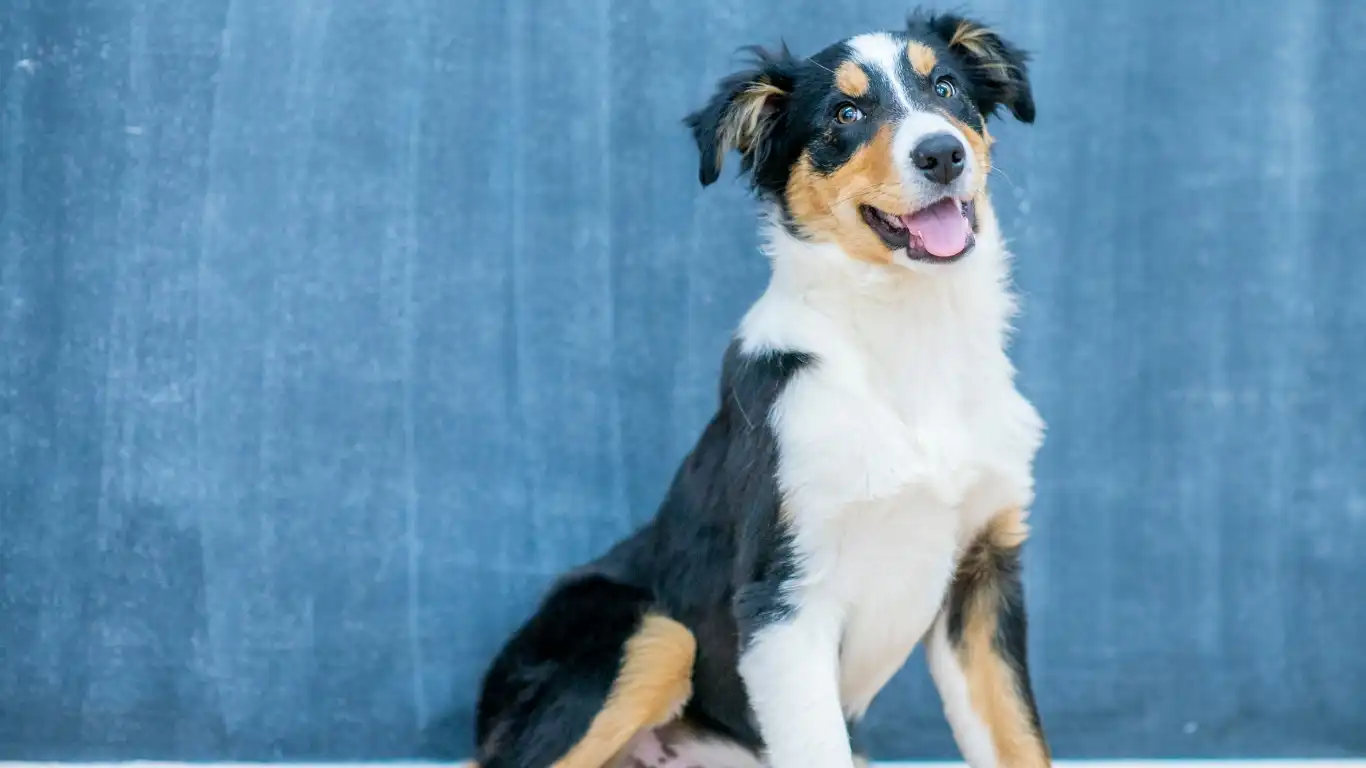
Keep Your Home Clean, Keep Their Coat Clean
As much as we focus on what goes *into* our dogs—nutrition, supplements, and grooming—the environment they live in also plays a huge role in the health of their coat. A clean living space can drastically reduce allergens, dust, and other irritants that can affect your dog’s skin and fur. I’ve seen dogs with poor coat quality who were dealing with allergens in their own homes!
Make sure your dog’s bedding is washed regularly, and that their favorite lounging spots are free of dust and dirt. You’d be amazed at how much of a difference a clean environment makes. Additionally, if you live in a particularly dusty area, consider using an air purifier in your home to cut down on airborne allergens.
Wash Their Toys and Grooming Tools Regularly
It’s not just their bedding that needs attention—don’t forget their toys and grooming tools. Toys can pick up dirt and bacteria that can irritate your dog’s skin. If you use grooming tools regularly (which, I hope you do!), make sure they’re clean and free of buildup. Dirty brushes can actually drag dirt and oils back into your dog’s coat, undoing all your hard work.
Cleaning their toys and grooming equipment is an easy way to ensure that nothing is working against your efforts to keep their coat soft and shiny. Trust me, it’s a small step that can make a big difference!
Common Mistakes to Avoid When Caring for Your Dog’s Coat

Over-Bathing or Under-Bathing
We’ve talked about the importance of not over-bathing, but let’s go a step further. Under-bathing can be just as problematic. If your dog is constantly outdoors or getting into messes, they might need a bit more attention in the bath department. However, make sure you’re not using harsh products that strip away natural oils. The trick is finding a balance—keep their coat clean, but don’t overdo it. A nice bath every 4-6 weeks is usually perfect for most dogs unless their activities dictate otherwise.
Feeding Low-Quality Food
We all know the old saying, “You are what you eat,” right? Well, it applies to dogs too! A lot of pet owners, in an effort to save money, may opt for low-quality kibble that’s full of fillers and lacks the essential nutrients for a healthy coat. Trust me, I’ve seen it firsthand—dogs on poor-quality diets often have dull, dry coats, while those on high-quality, nutrient-packed foods shine like the stars they are.
Look for foods that are high in animal proteins (like chicken, beef, or lamb) and low in fillers like corn or soy. You want a balance of omega fatty acids, vitamins, and minerals. If you’re unsure, ask your vet for recommendations. They can guide you to the best food for your dog’s specific needs.
Managing Shedding: How to Keep Your Home and Dog’s Coat Healthy
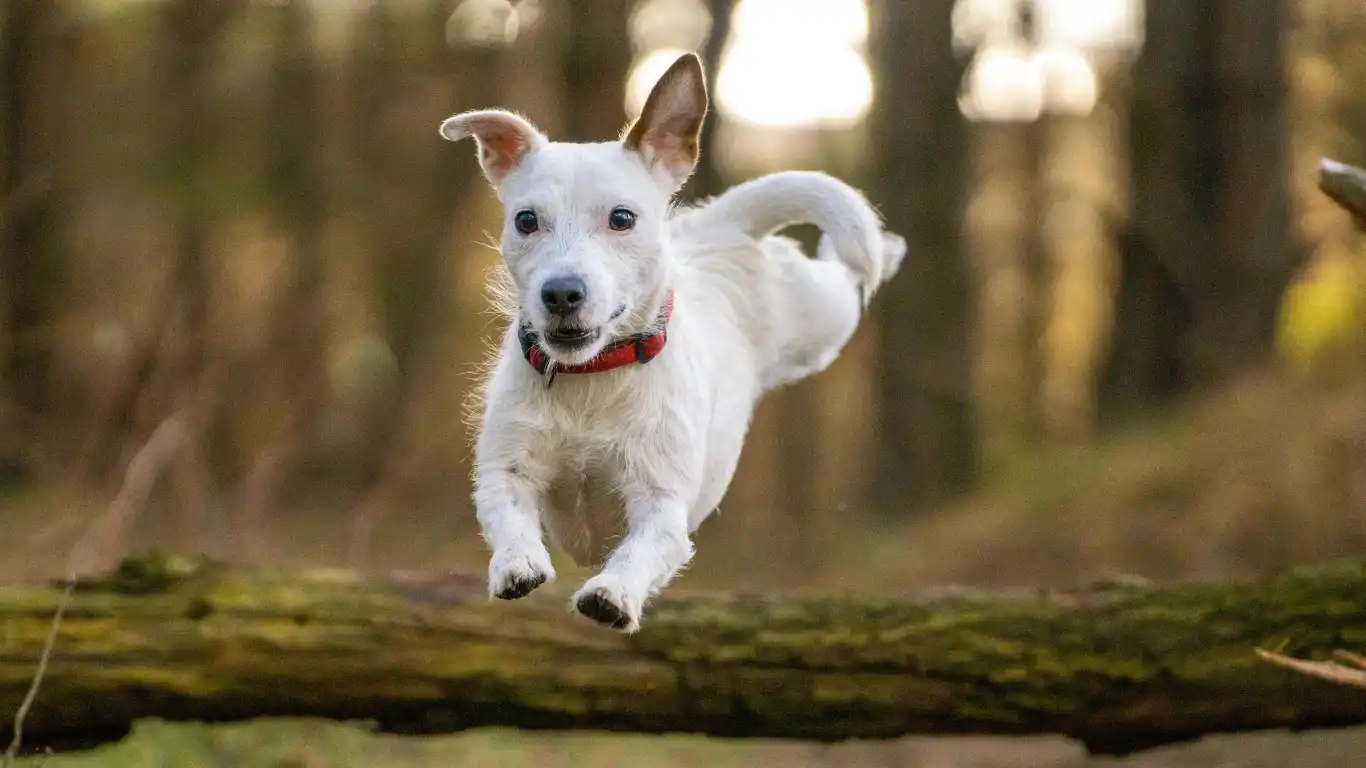
Understanding Your Dog’s Shedding Cycle
Let’s face it: dogs shed. It’s a fact of life. But there are ways to manage it. Understanding your dog’s shedding cycle is key. Most dogs shed year-round, but certain breeds shed more heavily in spring and fall, which is known as “blowing coat.” During these times, it’s especially important to stay on top of grooming—regular brushing will help you manage the shedding and keep your dog’s coat in top shape.
Don’t be discouraged by shedding; it’s a natural process. Brushing helps not only to remove loose hair but also to spread natural oils that nourish their fur. I recommend using de-shedding tools like a FURminator for breeds with heavier shedding, but be sure to do it gently so you don’t cause any discomfort.
Regular Grooming: More Than Just a Bath
Regular grooming doesn’t just mean giving your dog a bath every few weeks. It also means brushing, trimming, and occasionally getting them to a professional groomer for a thorough check-up. Groomers can catch skin conditions early on and provide services like nail trimming, which helps prevent discomfort or injury. Don’t skip out on these things—they may seem minor, but they contribute to your dog’s overall health and appearance.
References to Help You Further Care for Your Dog’s Coat
As someone who’s spent years working with animals, I’ve seen countless cases of coat issues that could have been avoided with a little more knowledge. If you want to dive deeper into the science of pet nutrition, skin health, and grooming, here are some resources I highly recommend:
- American Kennel Club (AKC): Offers a wealth of information on dog breeds, grooming, and health.
- VetStreet: Great for understanding your dog’s behavior, nutrition, and overall care.
- PetMD: A comprehensive resource for all things pet health, including skin and coat issues.
These sources are vetted by professionals in the field and will give you additional insight into keeping your dog’s coat—and overall health—in tip-top shape.
Final Thoughts: Healthy Coat, Happy Dog
Taking care of your dog’s fur is about more than just keeping them looking good—it’s about ensuring their overall well-being. As I’ve mentioned throughout this article, a shiny, soft coat is a sign of good health, proper nutrition, and an attentive owner. By making smart choices about their diet, grooming routine, and environment, you’ll help your dog feel their best and look fantastic at the same time. So go ahead—brush, hydrate, and pamper your pup, and watch that coat shine!
Disclaimer: The information in this article is based on personal experience and knowledge as a Veterinary Technician/Nurse specializing in pet nutrition. Always consult with a licensed veterinarian for personalized advice on your pet’s care.
